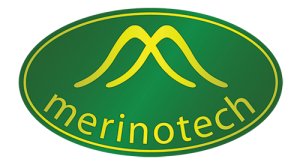Efficient Production in the future
Prevailing circumstances can cause a downward spiral – more stock needed, to produce more wool or meat, which then can create issues in terms on management, finances, workload and raise community concerns about land degradation. In many cases what is produced is not done in the most efficient way. Efficiency of production is about getting the most out of what you have, but not sacrificing any one area for shot term gain.
Firstly, three questions need to be answered:
- Where am I now?
- Where do I want to be?
- How do I get there?
As a basis to determine your enterprise decisions.These questions underpin a business approach to livestock production. The answer to the third question, is associated with harvesting available information. Once a target is determined, decisions around activities are all focussed on achieving that target. New practices, skills and knowledge may be required to implement this business approach to management to assist achieving the target.
Efficiency can stem from decisions around ‘quality and quantity’ in many areas of production system – and understanding when a ‘tradeoff’ and ‘priority’ to that area is required is fundamental to decision making.
Information assists making a decision on when to trade off a point or prioritise it – however, currently our information is delivered in single discrete packages, and integration into a system (the farm) is not always straight forward.
The information required needs to be based on principles, that can be applied to your business resources.
- The question for your business is how do I best utilise the resource?
- Utilisation say of pasture, comes down to supply and demand – what do the animals need?
- What is available?
For wool production or lamb growth, the same rules apply – provide what is needed. Balancing this equation is the tricky bit.
Getting the genetics correct is a key starting point, managing the feed to maximise the genetic benefit is the other half of the equation. Understanding principles of what animals require and what is available starts solving the supply/demand question.
From these principles grazing practices can be developed to achieve target outcomes. These grazing practices must assist in hitting production targets and also account for land management issues. The two are not incompatible. Production and sustainability go hand in hand, you can’t be green if you are in the red. The key is understanding the interaction between the land management and production needs.
